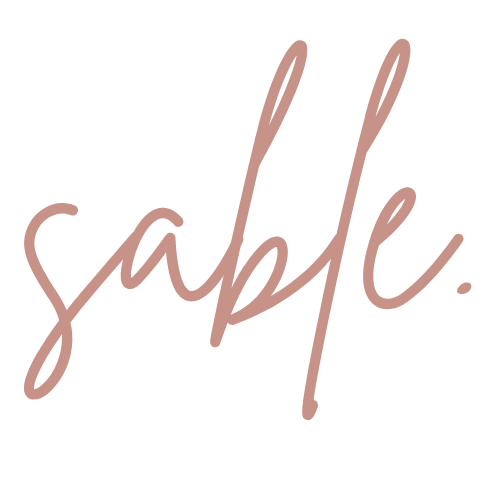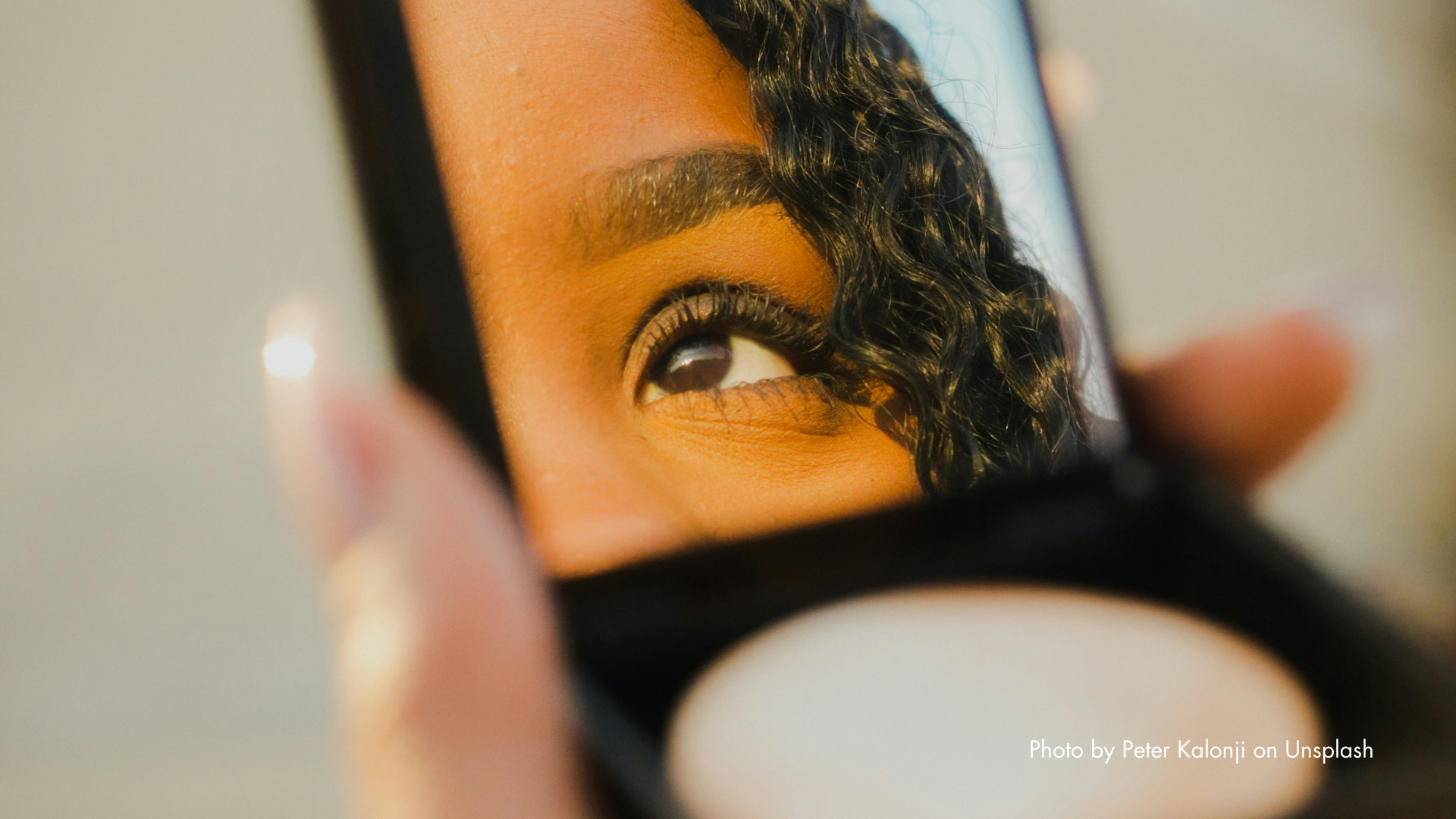Navigating the Luxury Fashion Market Slowdown
As the luxury fashion market experiences a pronounced decline, industry leaders and consumers are re-evaluating priorities and strategies. Vogue Business hosted the first LinkedIn live audio event in a series titled “The Luxury Slowdown Survival Guide”, hosted by Kirsty McGregor, Executive European Editor, and Maliha Shoaib, Reporter. The episode offered an in-depth look at how brands can navigate the turbulence in an evolving market.
What Caused the Slowdown?
The luxury market’s slowdown stems from a complex mix of economic and cultural factors. The first is financial pressure. A cost-of-living crisis has led consumers to cut back on discretionary spending. While “revenge shopping” following pandemic restrictions initially bumped up sales, unsustainable price hikes have left many consumers questioning the value of luxury items.
Shifting perceptions of value is another cause. Scandals surrounding supply chains and declining product quality have made customers increasingly skeptical of the premium attached to luxury goods. Circular fashion models, like rentals and resale markets, have gained traction as consumers prioritize affordability and sustainability.
Finally, a cultural shift. Consumers, particularly younger generations, are opting for strategic luxury shopping – seeking discounts, exploring resale platforms, or embracing “dupe culture”. They value aesthetics and creativity, but quality and ethics remain top-of-mind, with 80% of surveyed shoppers citing craftsmanship as their primary reason for purchasing luxury items.
The U.S. & China Global Market Dynamics
The global luxury market is navigating complex regional trends that reflect shifting consumer priorities. In China, once a significant growth driver for luxury brands, the market is stabilizing into what experts describe as an L-shaped recovery, marked by stagnation rather than a return to previous growth levels. Consumers are increasingly embracing homegrown brands, celebrating Chinese design and heritage, and moving away from ostentatious displays of wealth. This cultural shift has fueled the rise of quiet luxury, where understated, high-quality products are preferred over conspicuous branding.
Meanwhile, the U.S. market presents a more optimistic outlook. Stability following the recent election has boosted consumer confidence, with experts projecting year-over-year growth of 3% and an expected rebound in the second half of 2025. However, challenges such as looming tariffs continue to pose potential obstacles for brands operating in the country. These contrasting market dynamics highlight the necessity for tailored strategies as luxury brands navigate an increasingly complex global landscape.
How Can Luxury Brands Adapt?
Luxury brands are reevaluating their strategies to combat declining consumer trust and sales. Diversification across digital platforms is crucial, especially as TikTok’s uncertain future teaches brands the importance of owning their digital headquarters through website development, email marketing, and direct-to-consumer strategies.
Hermès has managed to buck the trend with its emphasis on craftsmanship, exclusivity, and resale value which has insulated it from the slowdown. Meanwhile, new creative directors across major fashion houses aim to refresh brand equity, but frequent leadership changes make long-term strategies harder to cement.
What’s In Store for the Future of Luxury?
The luxury fashion market’s slowdown is driving a shift toward reinvention, presenting both challenges and opportunities for brands. As fleeting, algorithm-driven trends lose their appeal, the industry is moving toward more personalized and intentional styles, reflecting a growing emphasis on individuality.
Consumers are increasingly drawn to products that prioritize quality, craftsmanship, and sustainability, leading to a rise in circular fashion models like resale and rental markets. This pragmatic approach allows shoppers to access luxury in more affordable and environmentally conscious ways. To build trust and address growing skepticism, brands are placing a renewed focus on their heritage and artisanal craftsmanship, reinforcing the value behind their products.
Additionally, the frequent appointment of new creative directors at major fashion houses offers a chance for reinvention, though it also underscores the “fluidity of brand equity” in today’s fast-paced market, according to webinar attendee Devin Owens, Communications Manager at Workshop. While challenges remain, these shifts signal a future for luxury grounded in authenticity, sustainability, and meaningful connections with consumers.
As the pendulum swings, brands must embrace a future where individuality, sustainability, and value are more important than ostentation. The “Luxury Slowdown Survival Guide” series by Vogue Business provides a critical platform to explore these dynamics and navigate the changing landscape of luxury fashion. For more insights, explore the full collection of articles on Vogue Business.
Comment Below
What are your thoughts on the future of luxury fashion? Do you see yourself embracing quiet luxury, circular fashion, or personalized style?





